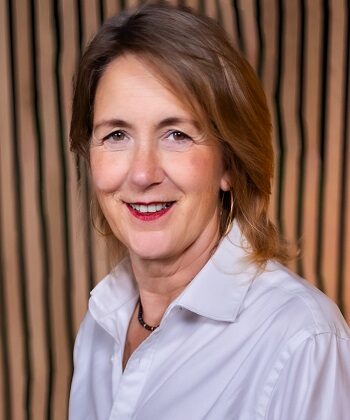Magic box
Both a symbol and a vector of globalisation, the container celebrates its 70th anniversary next year. A look back at an invention that changed the face of logistics.

Share
From Greek amphorae to jute sacks and crates of all kinds, the history of trade is one of long reflection: how can goods be transported easily and at the lowest cost? After some trial and error, it was American entrepreneur Malcolm McLean who developed the modern container – a metal “box” 20 feet long, 8 feet wide and 8.5 feet high, hence its official acronym of TEU (20-foot equivalent unit). The TEU is used as a benchmark to assess the capacity of major international ports: Shanghai, the largest, will handle 49 million TEUs in 2023.
Intermodal at its finest
“McLean was obsessed with cost control,” explains Verena Ehrler, an Academic Director at IÉSEG and a supply chain specialist. The results were impressive: in a short space of time, McLean was already able to offer transport rates that were 25% cheaper.” As a result of standardisation, handling costs have fallen phenomenally. For companies, this is an opportunity to move their warehouses away from port areas to more accessible sites closer to consumer areas. Although other formats (30 and 40 feet) have been developed since 1956, the container retains its primary advantage: intermodal par excellence, it passes easily from liners to trains and from trains to lorries.
The icing on the cake is that the container can carry every conceivable type of goods, with a few modifications, such as refrigerated models, and is increasingly traceable thanks to RFID chips and blockchain.
Read the full article in the latest edition of Change Magazine:
This magazine aims to be an information tool, thanks to the range of expertise of our professors and the informed opinions of our professional partners in relation to current themes. This tool aims to deliver ideas and reflections to its readers, in order to cultivate their daily lives and their perception of the challenges facing the companies of today and tomorrow.



